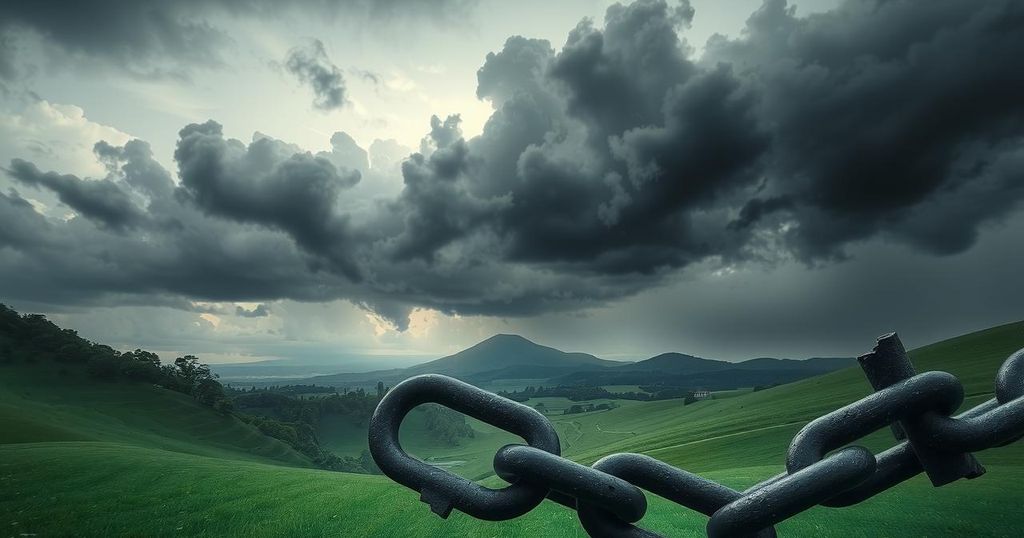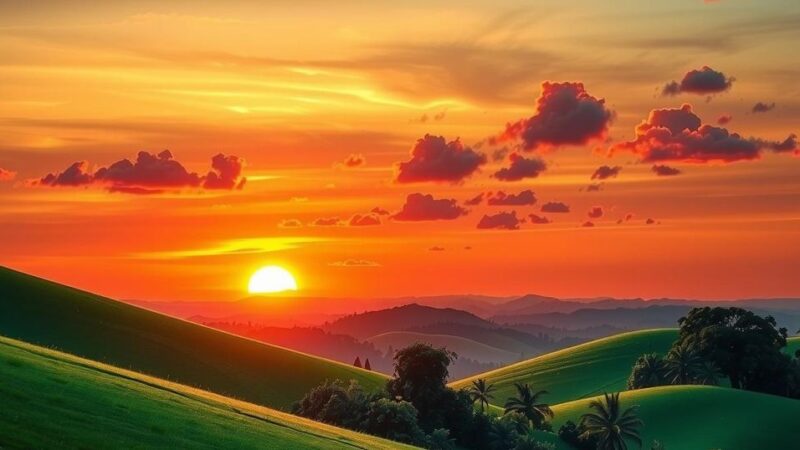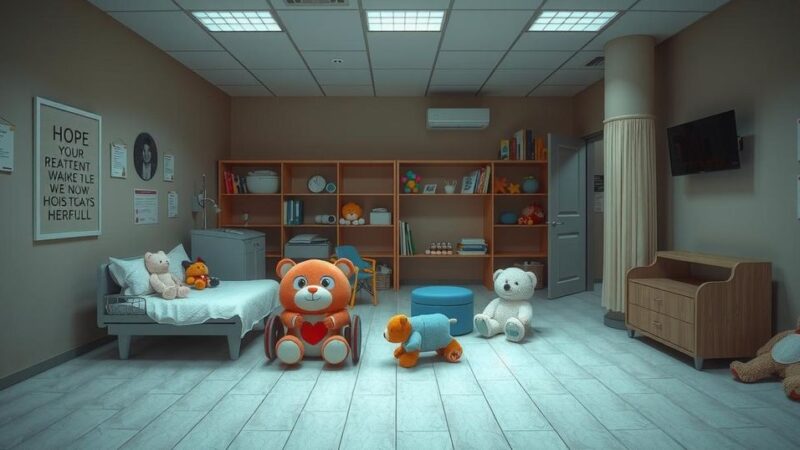The ongoing conflict in the DRC has escalated with the M23 militia’s capture of Goma, resulting in thousands of deaths and displacements. Rooted in historical tensions from the Rwandan genocide, the strife continues over ethnic divisions and valuable mineral resources. Regional responses vary, with implications for stability in Central Africa.
The situation in the Democratic Republic of Congo (DRC) has gained international attention following the capture of the strategic city of Goma by the M23 militia, which is alleged to be supported by Rwanda. The ongoing conflict, initiated in January, has resulted in over 2,900 fatalities and the displacement of approximately 700,000 individuals as hostilities have spread into other resource-rich areas.
The roots of the DRC crisis trace back to the 1994 Rwandan genocide, which fueled ongoing ethnic conflicts between Hutus and Tutsis. Colonial rule by powers like Belgium exacerbated tensions, leading to a Hutu-led revolution in 1959, resulting in the death and displacement of many Tutsis. This historical context sets the stage for the current instability in the region.
The Rwandan genocide itself was triggered when the airplane carrying Hutu leaders was shot down in April 1994, leading to widespread violence. Over a span of 100 days, approximately 800,000 individuals were killed. The ensuing rebellion by the Rwandan Patriotic Front (RPF) ended the genocide but initiated a new wave of conflict, subsequently spilling over into the DRC.
In the aftermath of the genocide, around two million Hutus fled to the DRC, where numerous armed groups emerged, including the M23 and FDLR. Armed conflicts intensified with Rwandan military interventions, leading to two massive wars in the DRC that collectively caused millions of deaths and significant societal disruption.
The M23 rebels, formed in 2012, aim to represent Tutsi interests and originated from soldiers who broke away from the Congolese Army. They gained control of Goma in 2012 but were later driven back. The group resurfaced in 2022, accusing the DRC government of not fulfilling promises made to them.
While ethnic tensions significantly influence the conflict, access to mineral resources like Coltan plays a crucial role. The DRC holds considerable reserves of Coltan, vital for electronic manufacturing, accounting for about 40% of the global supply. The capture of Goma is strategically advantageous for the M23 due to its vital trade and transport functions.
Regional responses to the crisis have varied, with DRC President Felix Tshisekedi condemning the actions of the M23 as an act of war. Meanwhile, Rwandan President Paul Kagame has hinted at support for the rebels, emphasizing the need for dialogue. Additionally, neighboring Burundi has expressed concern over potential conflict spillover, while Uganda has taken a neutral stance, assisting in combating militants while allowing some M23 operations within its territory.
The crisis in the Democratic Republic of Congo is deeply rooted in historical ethnic tensions and exacerbated by the struggle for control over valuable resources. The resurgence of the M23 militia highlights the ongoing instability, influenced by regional dynamics involving neighboring Rwanda and Burundi. With significant humanitarian consequences, the situation necessitates urgent international attention and effective conflict resolution measures.
Original Source: www.thehindu.com






